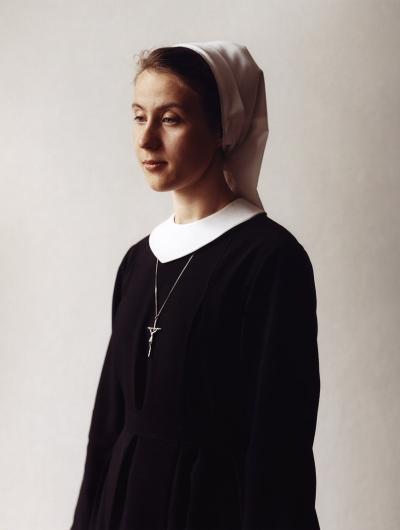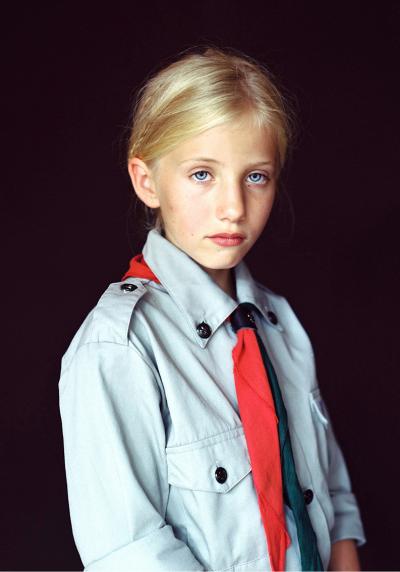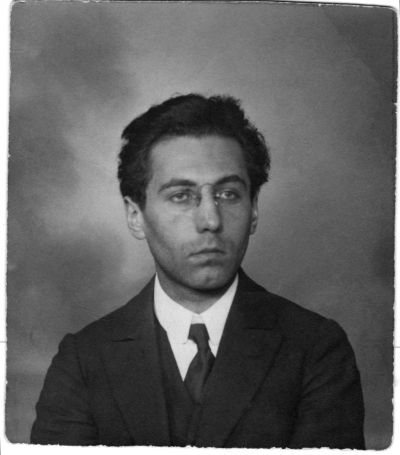Monika Czosnowska
Mediathek Sorted

















































Monika Czosnowska – Portraits or GeneraI Images of Humanity
In an essay on the “Aesthetics of Photography” published in the periodical Kunstforum international in 2008 Paolo Bianchi wrote “The overpowering flood of images from the age of information drowns the a person's perceptive capacities to such an extent that the imagination is unable to find any place to rest in peace”.[1] If we wished to describe the same situation today, nine years later, there are no more superlatives available. Indeed there seems to be no more room for artistic portraits of people between the images of politicians and VIPs from all over the world that are transported into our familiar homes every day, and the approximately 1,000,000 selfies that are taken every day all over the world with digital cameras, smartphones and tablets. Almost everyone has at some time posted a self-portrait as a “profile picture” on Facebook and Twitter, whereby it seems to be a given fact that the origin, social status and personality of the individual are disassociated. In addition, theoretically speaking, today every country on earth has access to the total physiognomy of its citizens thanks to the photos in identity cards and passports.
Furthermore, there is no clear distinction between artistic and amateur photography in the area of portraits and images of people. This applies equally to photos of VIPs and models and to photo-reportage and picture journalism, all of which also claim to be art. Soon after the invention of photography portraits became one of the most important themes of the new medium, initially in the form of a daguerreotype and from 1860 onwards in the design of visiting cards. The photograph replaced hand-painted and hand-drawn portraits and made unique images available even to people of little income.
Artists reacted to the new flood of photographic portraits by inventing documentary photography. Starting at the end of the nineteenth century the famous photographer, August Sander (1876-1964) took hundreds of photos of individuals, families and groups, not on special commission but in order to document typical representatives of professions and social classes. In doing so he produced an “outline of the social orders currently existing in Germany”.[2] At the end of the “golden” and “wild” 1920s, when Sander's photographs began to appear in print, the portraits taken by Edward Steichen (1879-1973), of film stars VIPs and fashion models enjoyed an initial boom in popular magazines like Vogue. Others like the Polish/Jewish photographer, Helmar Lerski (1871-1956) took pictures of athletes, workers, nudists and “everyday heads”, partly out of research interest, partly to affirm particular ideologies, or out of interest in developing the medium of photography. During the Third Reich, Erna Lendvai-Dircksen (1883-1962), published volumes of photography with titles like “Das deutsche Volksgesicht” containing allegedly racial and typological characteristics of many different “tribes”, which were then exploited by the Nazis.[3]
[1] Paolo Bianchi: Ästhetik der Fotografie. Typologie von sechs Wahrnehmungsformen von Fotografen und Fotografien, in: Kunstforum international, Band 192, August 2008, Seite 122
[2] August Sander. Menschen des 20. Jahrhunderts. Portraitphotographien 1892-1952, herausgegeben von Gunther Sander, Text von Ulrich Keller, München 1994, Seite 9
[3] Falk Blask/Thomas Friedrich (editor): Menschenbild und Volksgesicht. Positionen zur Porträtfotografie im Nationalsozialismus = Berliner Blätter, Sonderheft 36, Münster 2005, page 44





















































































